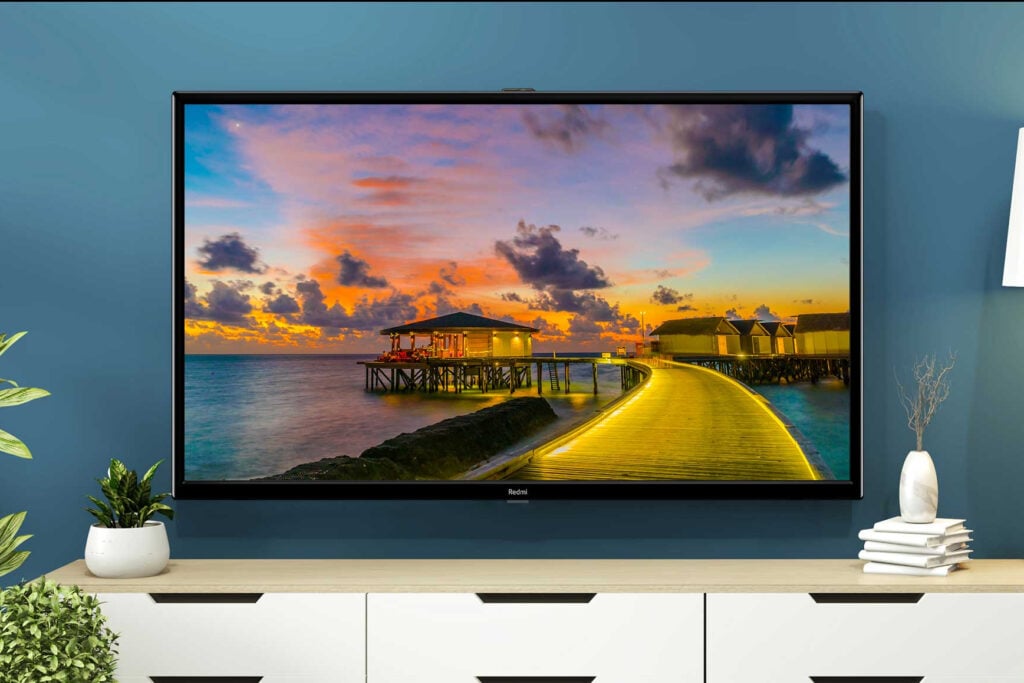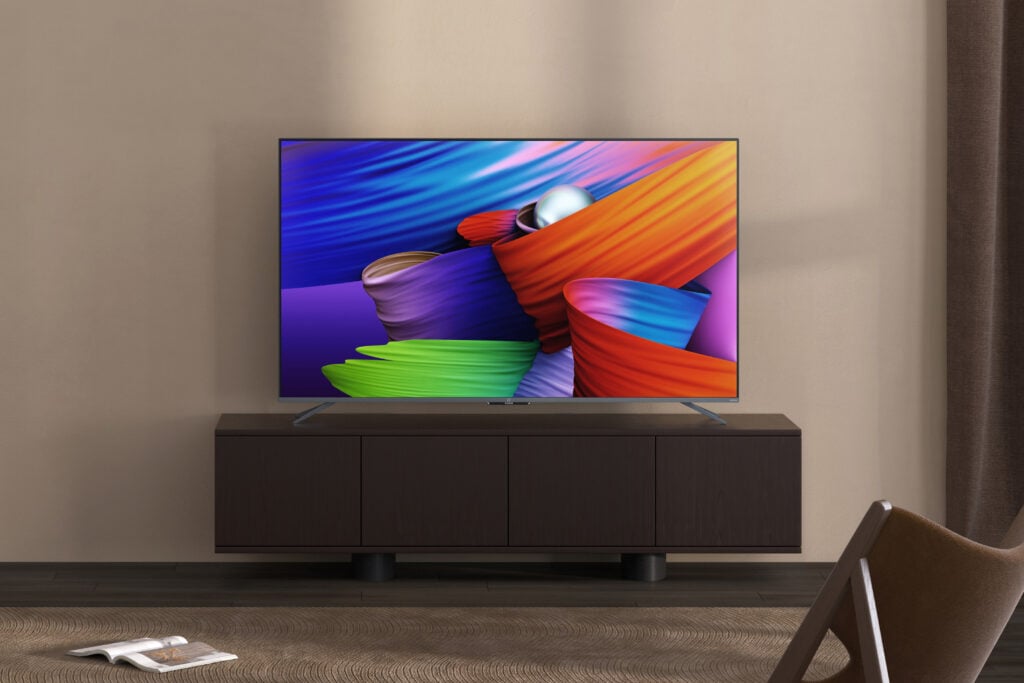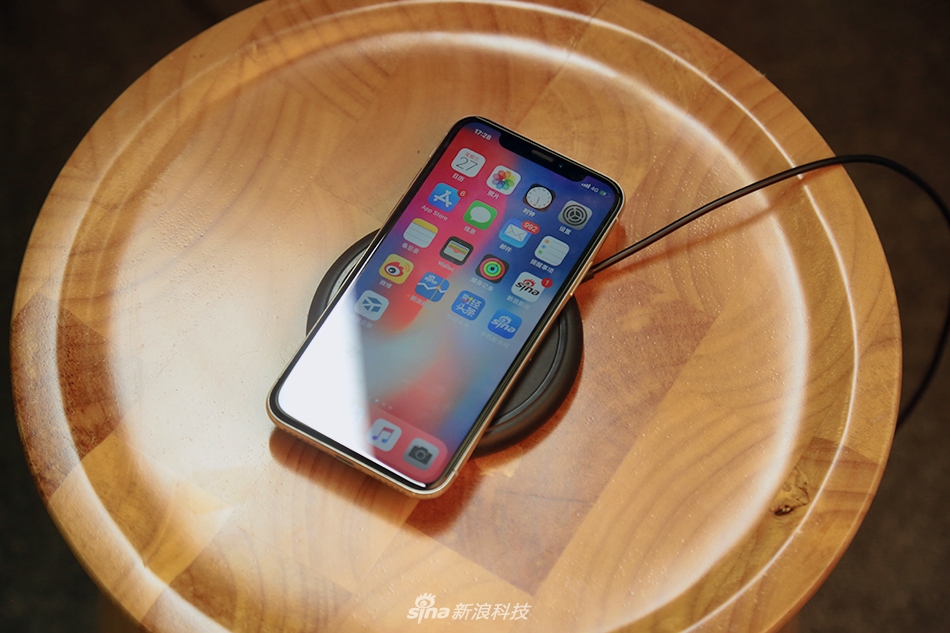TV sets have witnessed a constraint in their demand owing to their rising retail prices, which has resulted in a YoY shipment decline despite the arrival of the festive season. As such, while there has been an 8.3% QoQ increase in sales, it is overshadowed by a 14.7% YoY decrease.
The research conducted by TrendForce further talks about how TV prices began to plummet in August, enabling Chinese TV brands to expand sales during the Singles’ Day (November 11) shopping festival, and in turn make up for deficits in their yearly sales targets.

The global market, on the other hand, will unfortunately not be able to capitalize on the price drop until 1Q22 due to factors such as production, transportation, and inventory adjustments. Such brands will also be unable to increase their TV shipments in the final quarter of 2021.
As for the total shipments of TVs in Q421, they’re expected to reach 59.13 million units, representing a 12.6% QoQ increase but a 10.3% YoY decrease. The numbers for the second of the year will likely be among the lowest in several years.
The increased demand last year was obviously due to the pandemic. But with everyday life returning to normal in Europe and North America in 2H21, the pandemic-generated upswing in TV sales has gradually lost momentum. This is paired with increased prices due to raw materials and transportation/logistics services reaching sky-high costs. All in all, the annual TV shipments for 2021 have been forecasted to be 210 million units, a 3.2% YoY decline.

But despite the drop in total sales, the sales of OLED TVs are expected to reach 6.8 million units – a 72.8% YoY increase. This is largely due to OEMs’ focus on ensuring that the production of OLED TVs remained free from disruptions. As a result, the price difference between LCD panels and OLED panels has narrowed more than ever.
Moving on to rankings in terms of OLED TVs, the top spot is held by LGE with a mammoth 60% market share. It is trailed by Sony with 20% market share and Panasonic with 7% share. On the flip side, Xiaomi and Sharp have seen explosive YoY growth this year with 900% and 140% growth rates, respectively.
Last but not least, TrendForce reports that major brands will be concentrating on the high-end and large-sized TV range next year, while smaller brands will continue to steadily develop more mainstream products.
RELATED:
- OPPO TV India launch timeline tipped
- MediaTek unveils Pentonic 2000 chip for next-level 8K 120Hz TV viewing experience
- Android smartphones can be now used to install apps on Android TV devices
- Xiaomi releases Mi TV mobile stand in China, with 360° movement and support for 65 to100-inch TVs
- Realme’s Smart Google TV Stick will debut in Europe next month starting at €54.99 ($63)






